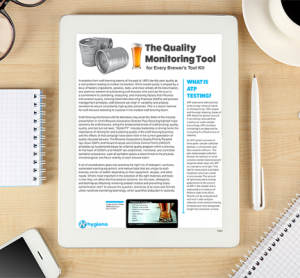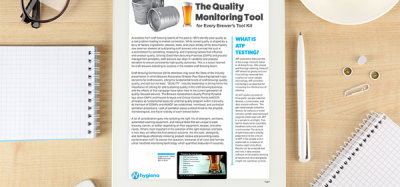article
3 December 2008 | By A. Le-Bail and R. Zuniga, ENITIAA – GEPEA; T. Lucas, Cemagref; M. Sikora, University of Agriculture Balicka; C. M. Rosell, IATA-CSIC; D. Curic, University of Zagreb; T. Park, TTZ-EIBT; V. Kiseleva, Russian Academy of Science, IBCP RAS; M. Pitroff, MIWE; I. Van Haesendonck, PURACOR; M. Bonnand-Ducasse, BIOFOURNIL; M. Koczwara, BEZGLUTEN; V. Cerne, SCHAER R&D
The European bread industry is using refrigeration more and more to extend the shelf life of bakery products. The associated technologies, called bake-off-technology, allows the retail of freshly baked breads made from industrial frozen (and non frozen) products. Energy used for bread making, nutrition facts and quality of the final…














